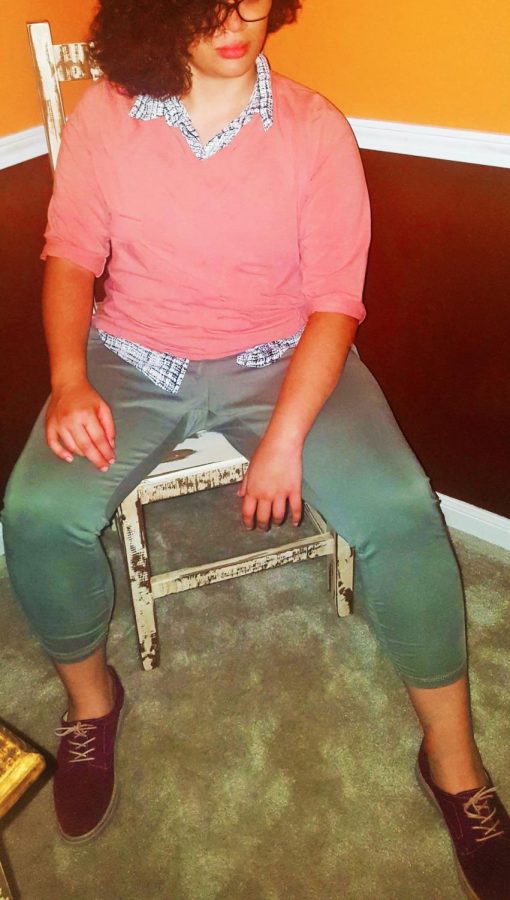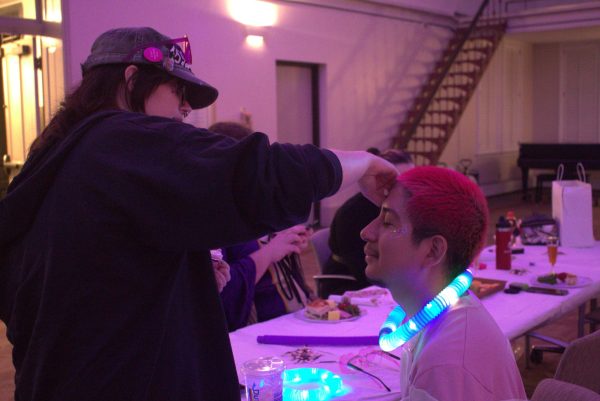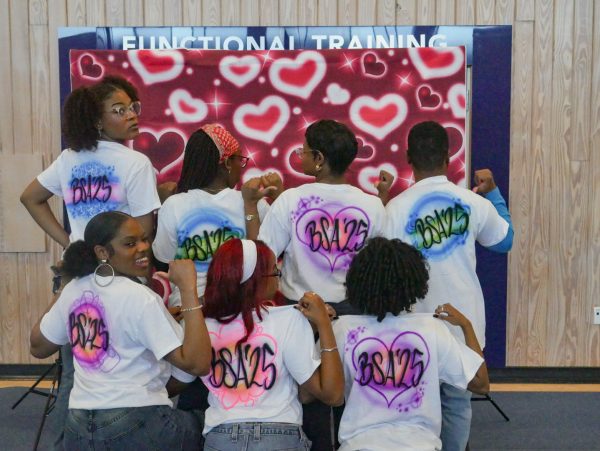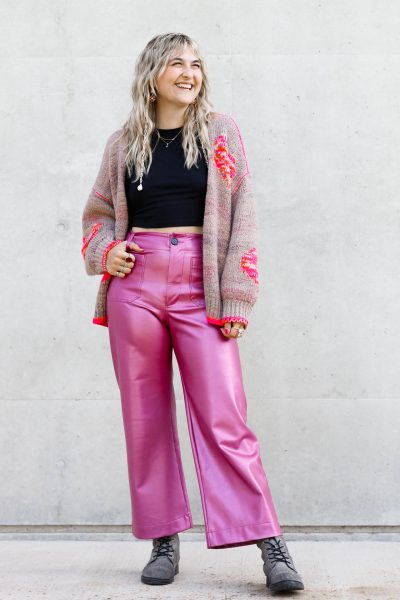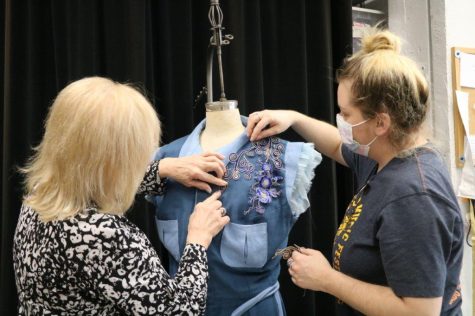Rise of androgynous clothing
Before the start of the new millennium, everyone had their own ideas about what the future would be like. Although we don’t use hovercrafts or robot housekeepers, there is one prediction from the past that seems to have been accurate– that is, according to a new trend.
This prediction says fashion will take on a more gender neutral style.
Throughout pop culture in film, music videos, and books there used to be depictions of the modern individual that usually involved some kind of “intersex” jumpsuit or more militarized look. Though this new trend is not exactly that, it could show that fashion is heading in that direction.
As men and women shed the constraints of gender norms in their lives at home and work, it only makes sense that fashion would, quite literally, follow suit.
Both on the runway and in day-to-day life at work and school, more women are seen sporting a more “androgynous”, or even masculine, look as they trade skirts and heels for blazers, slacks, and loafers.
Wearing neck ties has become very popular among both men and women who support the trend. Floral shirts, bright colors, jewelry, skirts, and other articles of clothing in the masses have been deemed feminine for years are becoming more and more common in men’s fashion.
It is clear that fashion is not what it used to be, even from a decade ago. However, what exactly is it that inspired this new trend?
While, to some, it appears that it arose completely out of the blue, this trend has actually been around longer than many might think. The “unisex” clothing movement began in the United States around the ’60s, and had already began spreading throughout Europe long before the trends when one gender would wear the others’ typical clothes. High heels, for example, were originally worn by high society men to set themselves apart from those of lower classes.
Though as time passed, women began wearing high heels and eventually men stopped, and the rest is history.
It is evident that trends in fashion are always evolving; and how has the public responded to this trend?
When asked about this style, St. Edward’s elementary education major, Kristy Ahrens, boasted the change: “I think people are being open on expressing themselves and becoming comfortable with their sense of style…Fashion is always changing, but as people are becoming more comfortable with who they are, I think this is something that will stick. I think it’s great,” Ahrens said.
Like Kristy, many feel that gender-neutral fashion is something that appeals to a variety of audiences– especially those who do not feel they fit the typical mold of feminine or masculine.
As Kristy later addresses in her statement, this freedom in fashion allows many to explore different opinions: “People who do not see themselves as a part of the gender binary.”
Fashion was once quite limiting due to strict social norms that individuals abided by. Although it can be difficult to simply break away from these norms, it seems that this resurfacing trend is a sign that we are on our way.
For now, it seems that androgynous fashion is here to stay.

I am Colette Guarnieri— Criminal Justice major and copyeditor for Hilltop Views. This is my senior year at St. Edward's University. Although I'm not...


